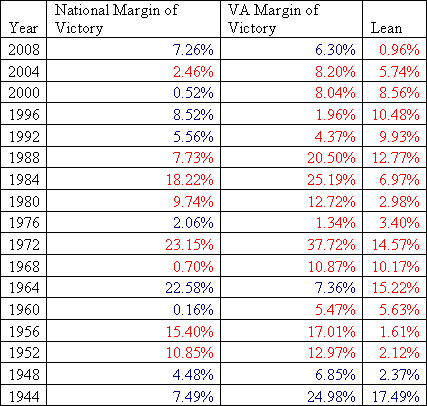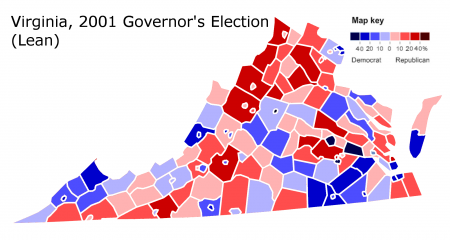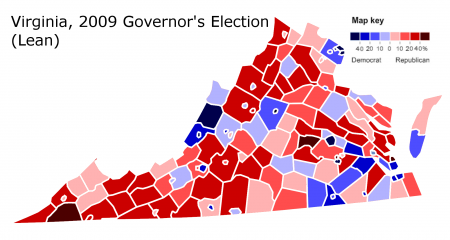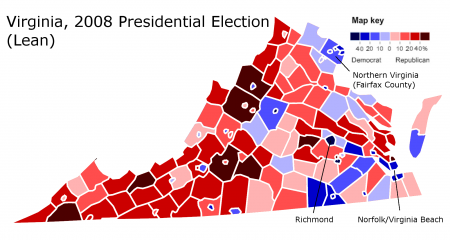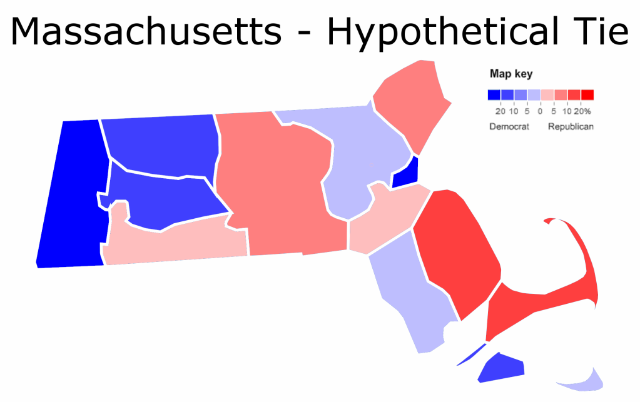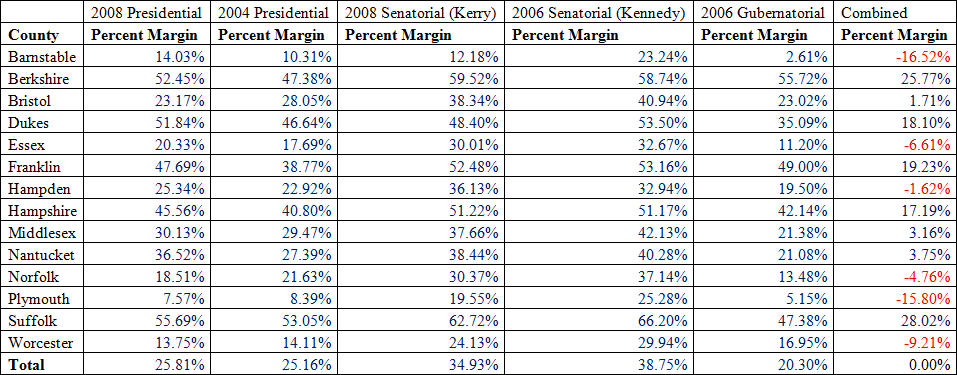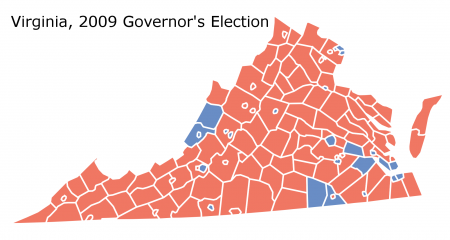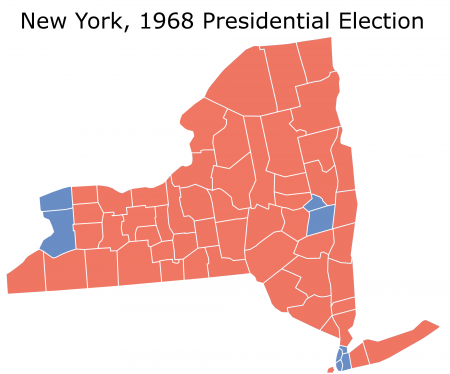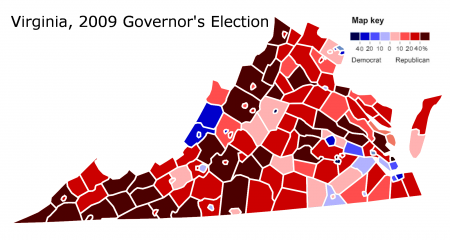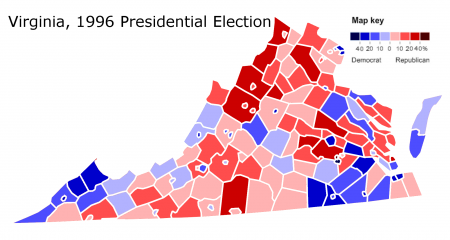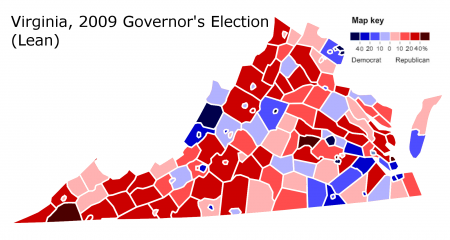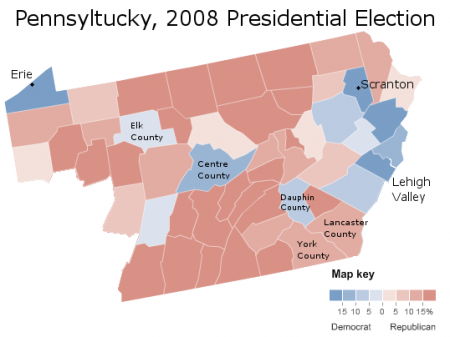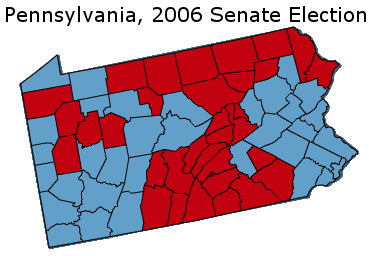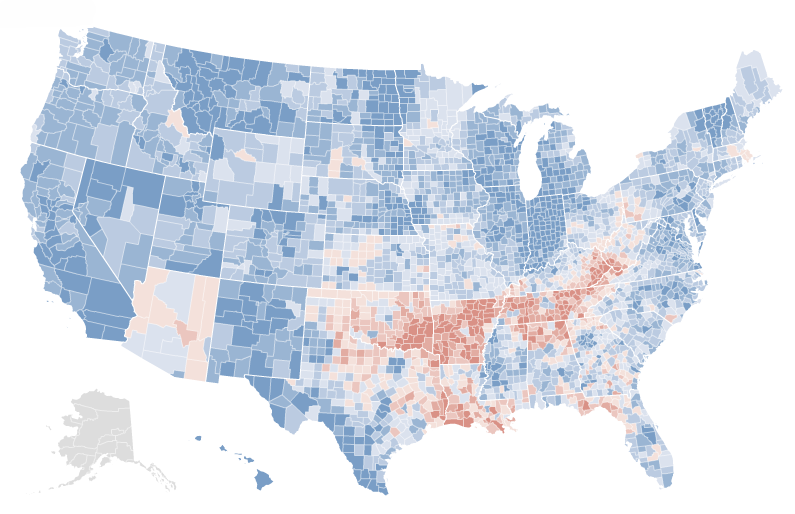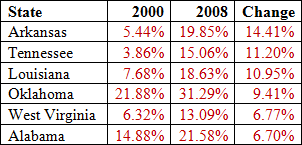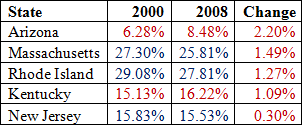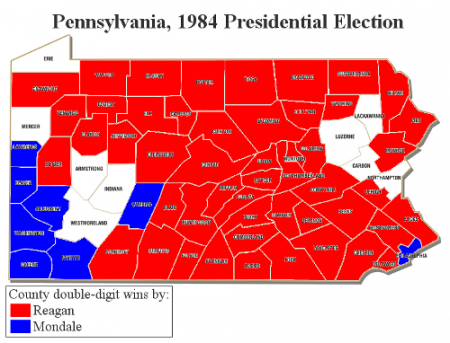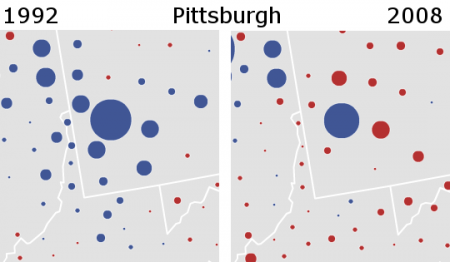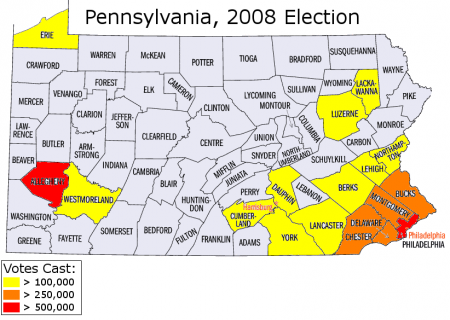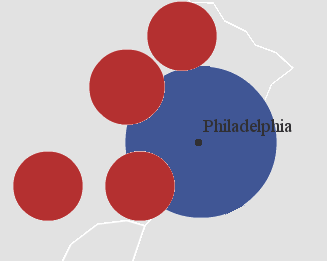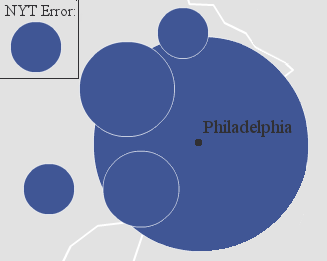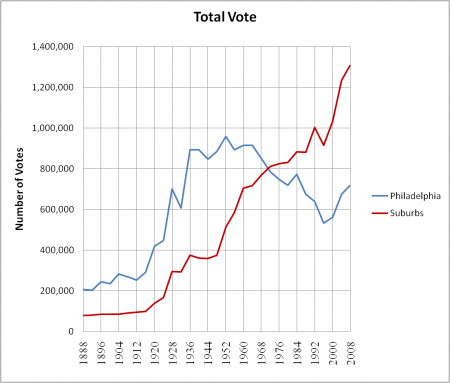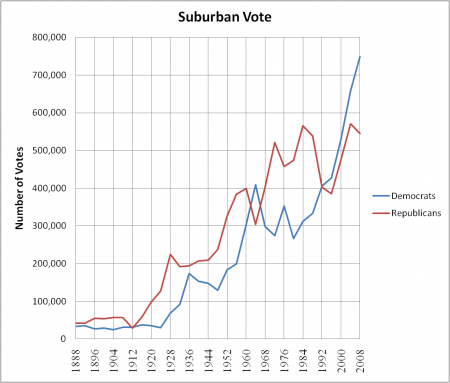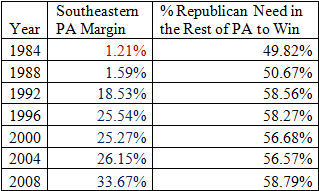This is the first part of two posts examining the Texas panhandle, a rock-hard Republican stronghold. The second part can be found here.
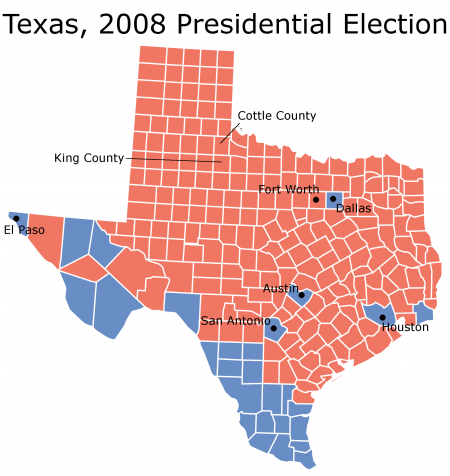
In the Texas panhandle and the empty plains surrounding it, Democrats go to die. There is no place in the country more Republican than this rural region, where conservatism is ingrained bone-deep and from birth. Not even the most Mormon stretches of Utah, or whitest areas of the Deep South, exceed the Republicanism of this part of Texas.
Yet, in the vast emptiness of the Texas prairie there are a number of interesting patterns – some of which are quite strange to behold.
More below.
Yellow-dog Democrats
Believe it or not, much of the most Republican place in the nation used to be Democratic territory, voting for the blue candidate even when the rest of America did not. Now, of course, the same could be said for the entire American South, which routinely gave badly losing Democratic presidential candidates over 70% (and often 90%) of the vote. Texas was no exception to this rule; President Truman lost a grand total of eight counties during the 1948 election, for instance.
The difference with the Texas panhandle, however, was that parts of it continued to vote Democratic even as the Solid South collapsed. In 1956, for instance, President Dwight Eisenhower won re-election by a solid 15.40% and cracked the South. One such crack included Texas, which Mr. Eisenhower won by 11.28%. Mr. Eisenhower carried the state backed mainly by its Republican-leaning cities (an oxymoron nowadays), while much of rural Texas voted for Democrat Adlai Stevenson. This included almost the entire panhandle:
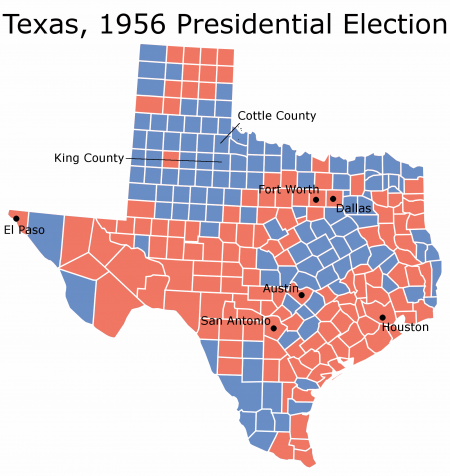
This Democratic-leaning trend continued for some time, even after the 1964 realignment of the South. The panhandle cast a strong ballot for Senator Hubert Humphrey and President Jimmy Carter (both times), while a number of counties voted to Governor Dukakis and even hapless Senator Walter Mondale. As late as 1996, when President Bill Clinton lost Texas by 4.93%, there still remained a flicker of yellow-dog Democratic strength:

It was one President George W. Bush who finally crushed this Democratic tradition; since his time, the panhandle has begun voting uniformly Republican. But for all its current love of Republicans, it must be noted that this phenomenon is relatively recent – although long in coming.

